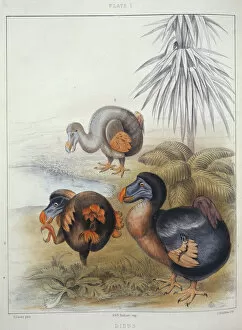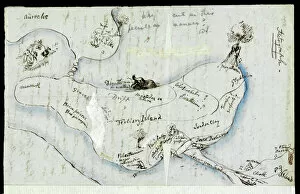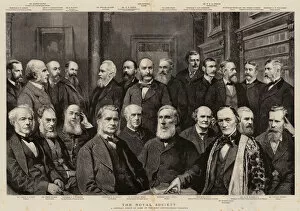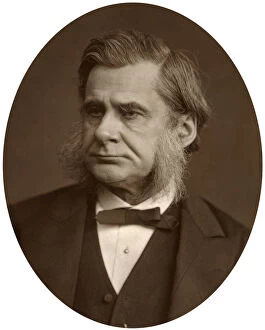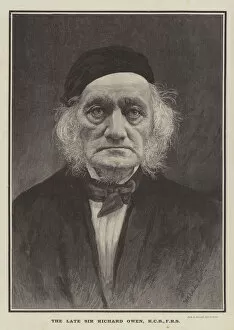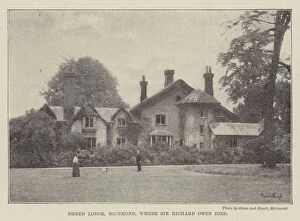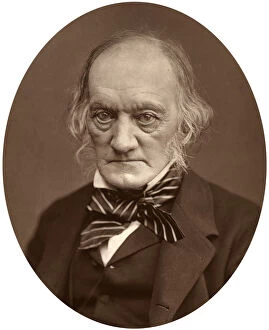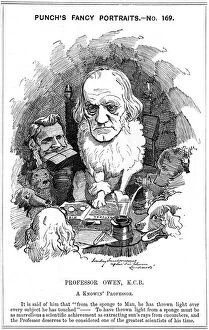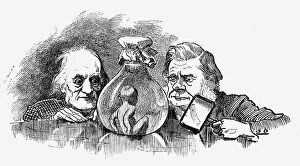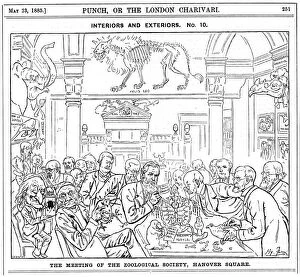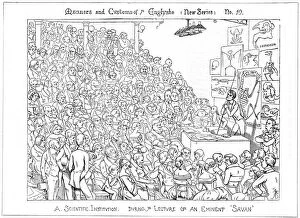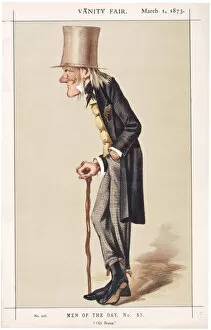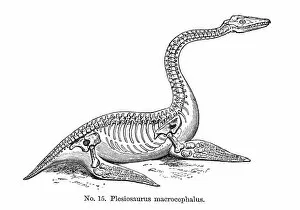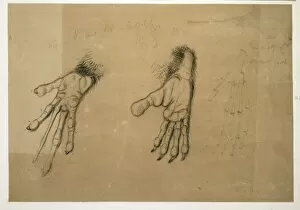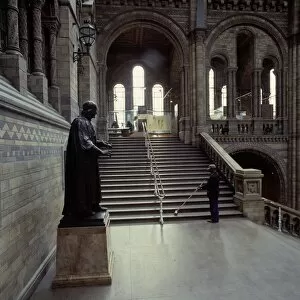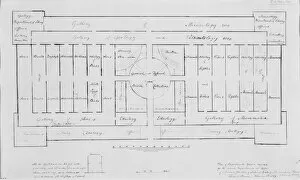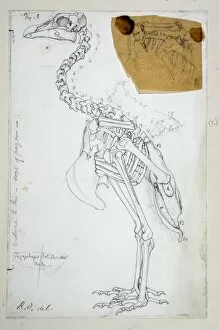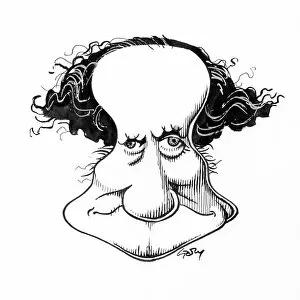Sir Richard Owen Collection
Sir Richard Owen was a renowned English zoologist who made significant contributions to the field of natural history
For sale as Licensed Images
Choose your image, Select your licence and Download the media
Sir Richard Owen was a renowned English zoologist who made significant contributions to the field of natural history. Born in 1804, he became a prominent figure in the scientific community and played a pivotal role in establishing The Royal Society as an esteemed institution. Throughout his career, Sir Richard Owen conducted extensive research and documentation on various species. His pen and ink sketches, such as the one by B. Waterhouse Hawkins depicting Raphus cucullatus, commonly known as the dodo, showcased his meticulous attention to detail. In 1884, Edward Linley Sambourne captured Sir Richard Owen's essence through an artistically crafted portrait. This image portrayed his dedication to studying nature while examining a Water Baby alongside T. H. Huxley. As a testament to his achievements, engravings were created to honor Sir Richard Owen after his passing. These images depicted him with reverence and highlighted his distinguished status within society. One engraving showcased "The late Sir Richard Owens Home, " Sheen Lodge in Richmond where he spent his final days immersed in scientific pursuits. Another engraving titled "A Momento of Her Majestys Jubilee Year" commemorated Queen Victoria's jubilee year and acknowledged Sir Richard Owen's influential role during that time. A black-and-white photograph captured another side of this remarkable scientist - solemn yet determined - presenting us with a glimpse into Sir Richard Owen's persona beyond drawings and engravings. Sheen Lodge stands today as not only the place where he passed away but also as a symbol of his lasting legacy within the scientific community. It serves as a reminder of how one man's passion for zoology can shape our understanding of the natural world for generations to come.

